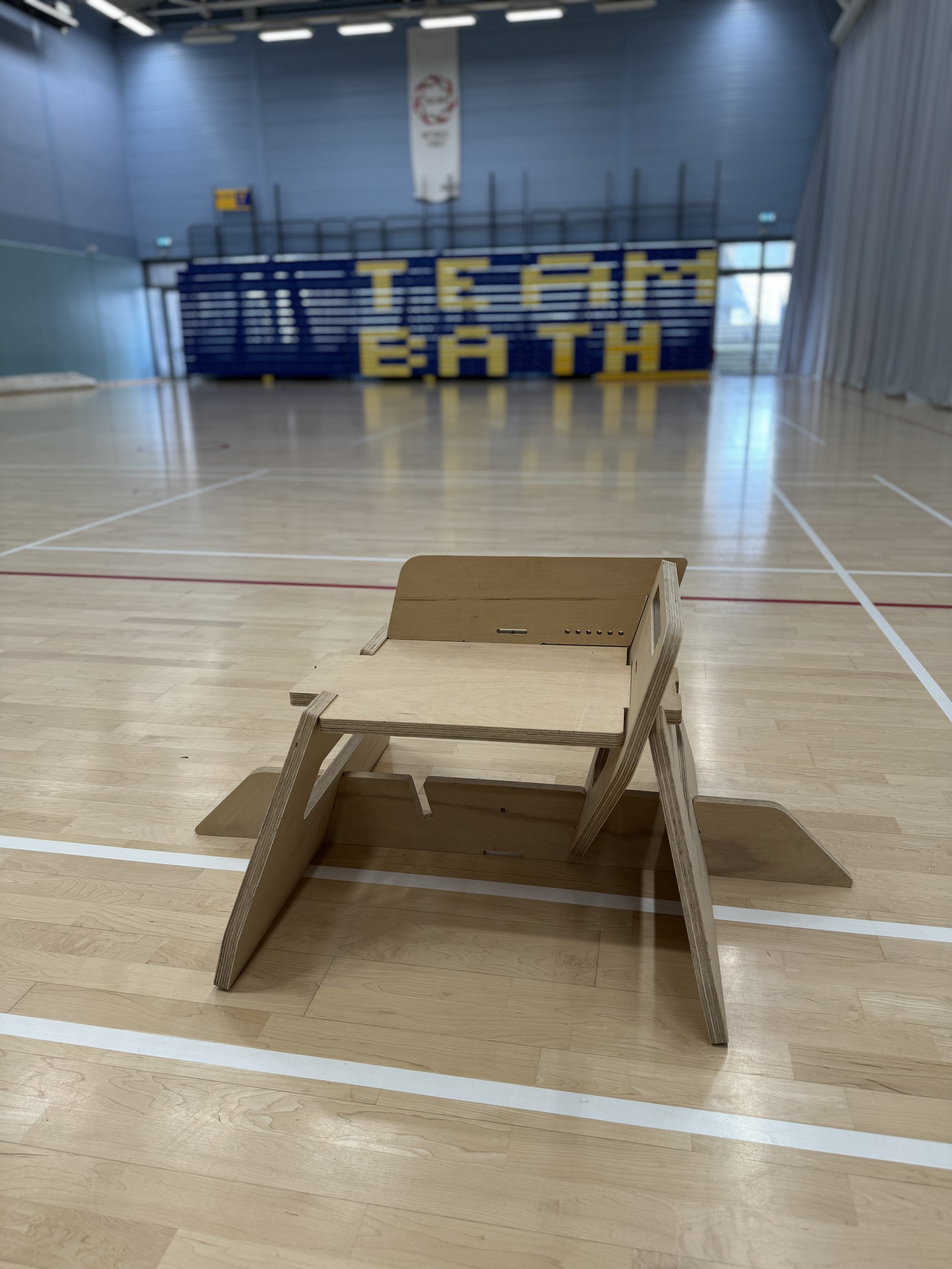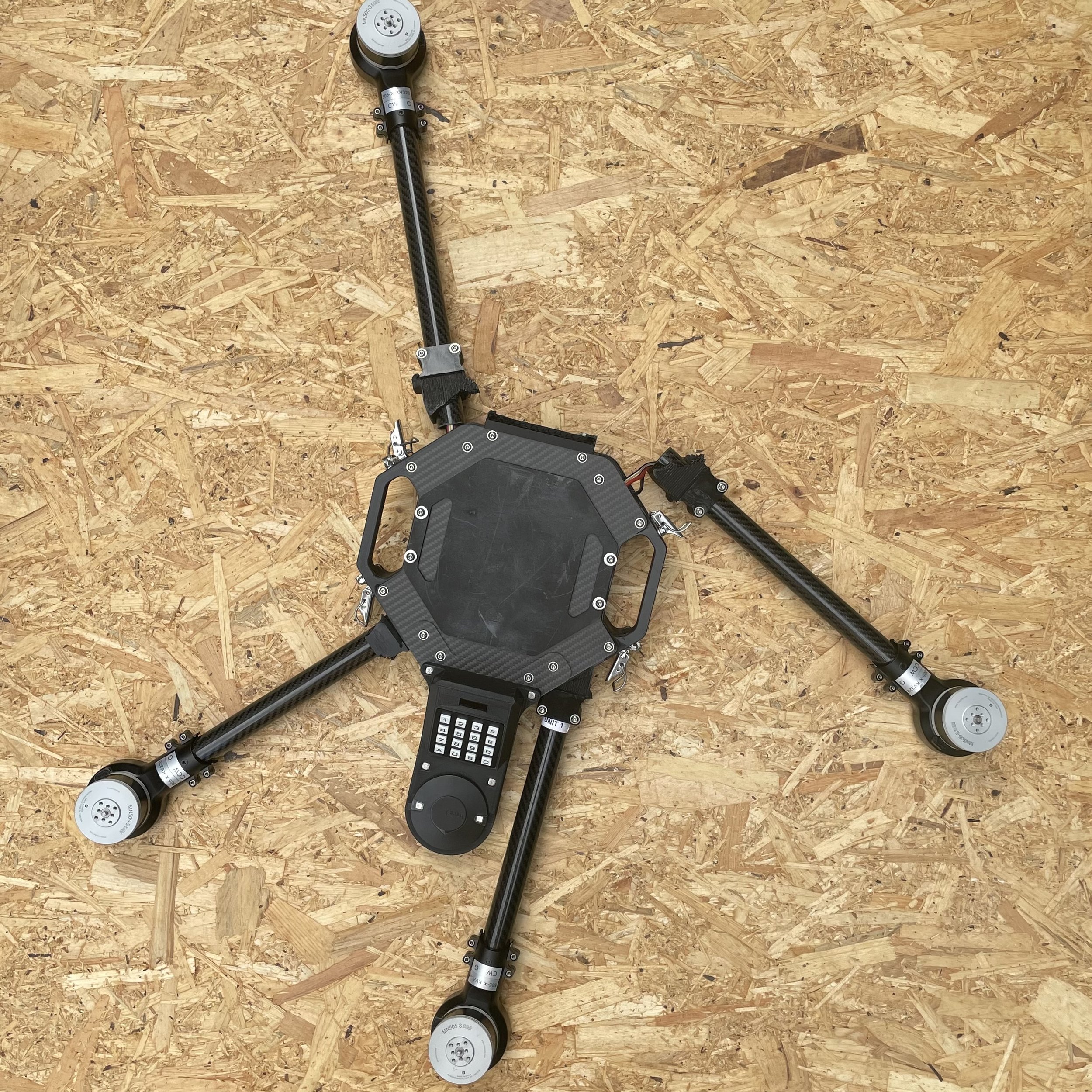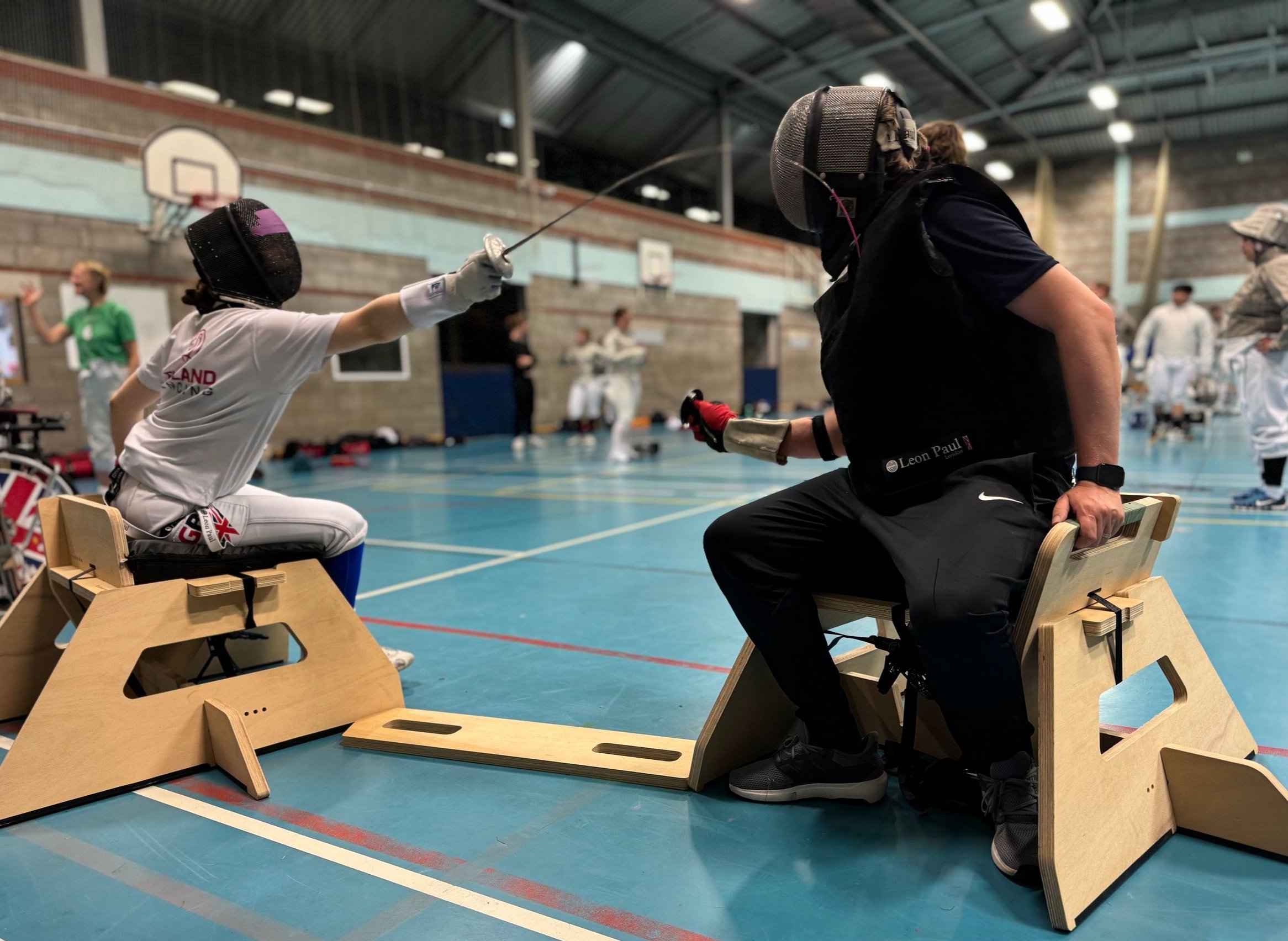Weird and wonderful stuff for work and play…
A selection of things I’ve made (by myself or with my team) or been heavily involved with.
Current Projects:
Advanced Tech Accessible:
For many years me and my small team have been developing low cost drones, robot vehicles and everything in between. So much of this technology is fundamentally simple but it’s hidden behind complex and inaccessible systems. We want to build systems that can be built, be repaired and be improved.
Business Games:
Creating something, despite being very hard, is sadly the easy bit! Making it a commercial success is so much harder. Where I see projects fall down is that they haven’t understood the whole journey, the whole process and focus just on one element, a compelling vision, a strong delivery, a clear problem understanding etc… or they use the wrong metaphor, jumping off a cliff and building the aeroplane on the way down being a particular hate of mine!
Reducing the Cost of Sport:
Wheelchair fencing is a fantastic sport and as a country we’re superb at it. But incredibly when we started there was only 12 people doing it! The biggest thing holding people back from trying it is the cost of the equipment. This design project with one of my design students reduced the cost by perhaps 98%. Introducing the Sword Seat.
Research Activities:
Teaching Design within Engineering:
The traditional approach to engineering design has been focused around methods for achieving a successful designs based on the requirements or needs of the customer. This approach however becomes problematic if the needs can not be worked out before the design activities begin and has spawn many new methods for deducing the real needs of the user even if they can’t clearly articulate them themselves. This is where I believe design teaching suffers. Students do not fully understand the weaknesses of the approaches they’ve been taught or the reasons why they fail.
The alternative to creating a bigger and bigger tool kit to account for all these different issues is a complete change of design mindset. What if we could create a design approach that does not need customer requirements at the start. What if we have a method where the requirements are unknown and unknowable at the start. How would this change the approach and would it improve outcomes? I believe it would and this is where my thinking is going with my ‘Fuzzy to Finished’ approach and seeking ‘Innovation Balance’.
Improving Innovation Success:
Creating something, despite being very hard, is sadly the easy bit! Making it a commercial success is so much harder. Where I see projects fall down is that they haven’t understood the whole journey, the whole process and focus just on one element, a compelling vision, a strong delivery, a clear problem understanding etc… or they use the wrong metaphor, jumping off a cliff and building the aeroplane on the way down being a particular hate of mine!
My approach, I hope, is much more holistic and helpful, whether you’re a lone entrepreneur or a big corporate team, the Innovator’s Quest uses a metaphor of moving around the towers of a castle to get to the treasure in the middle, a successful solution. In order to be successful, the 8 towers of the castle must each be conquered (problem, purpose, vision, hypothesis, evidence, proposal, delivery & impact) and the moat of delusion has to be avoided. Where a solution is arrived at prematurely and steps are skipped to get there.
Check out my “Innovation Castle” model for a more holistic approach to creative success.
Knowing the Different Roles needed for Continuous Innovation:
Making something successful is a challenge, but doing it again and again is another one! Why are some people or some organisations so much better at it than others? I believe it’s down to an understanding or lack of the 3 different roles people can take during this process. All are necessary but if you’re in the wrong role at the wrong time things are going to be much harder than they should be…
The Explorer - Is looking for something new, but doesn’t know where it is and is happy with uncertainty and inefficiency. Purpose lead.
The Prospector - Knows something promising is somewhere here. All they need to do is systematically test and iterate the available options. Vision lead and looking for forward progress above all else.
The Miner - Wants to maximise impact and efficiency. It’s all about the delivery, getting the most of a given situation. Highly organised and systematic.
All three are needed to find, develop and exploit a new design or idea. As the idea matures, the needs shift away from exploration and rely on the efficiency of the Miner to maximise the return. However the next project requires Explorers and Prospectors again and these don’t always sit comfortably within an organisation that is now centred around efficiency and delivery of the previous project.
Founders who fail to adapt to these changing roles risk jeopardising their success potential on constant new explorations whilst leaders grounded in being efficient can strangle new ideas in paperwork and budgets before they have a chance.
More information on this is coming soon…
Glossary of some past projects:










































